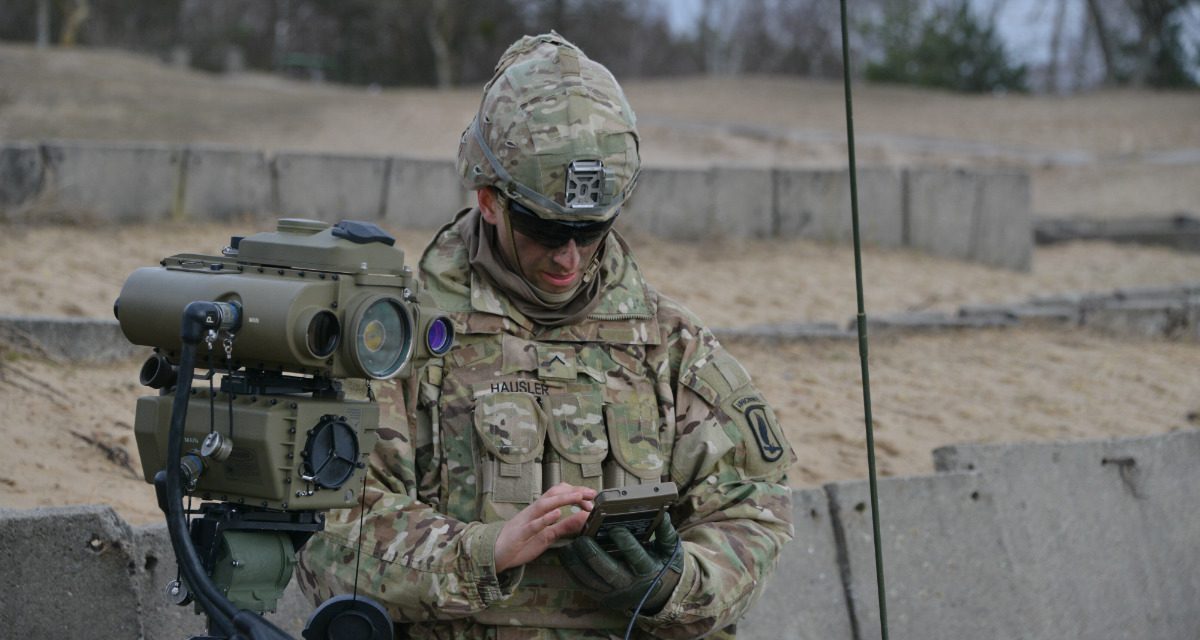“We lost almost the entire patrol,” said the lieutenant. “It was horrific.”
“We walked right into an enemy ambush,” he continued. “They easily picked my men off, one by one, because they were looking at their screens.”
Thankfully, the young lieutenant was not describing an actual firefight from Iraq or Afghanistan. It was a recent live-action simulation that used laser tag-like equipment and new tablet devices that display maps, live drone footage, and other critical information. But if the military doesn’t recognize the threat of soldiers distracted by the buzzes and whistles of the latest technology, real lives could soon be lost.
As the US military pivots from people-centric counterinsurgencies in Iraq and Afghanistan, they are making historic investments in researching and testing new technologies. For the ground forces, many of these devices seek to help the Army soldier or Marine understand the environment around them, see the enemy before they see them, and connect them to vast amounts of weapons, eyes in the sky, and other real-time information. Experiments with new technologies are not new, but there is a renewed vigor to modernize the military with increased budgets, new threats, and new imagined battlefields against technologically equipped foes like China and Russia.
Image credit: Spc. Rolyn Kropf, US Army



This article doesn't belong in WIRED…it belongs in the CALL newletter. This is no different than popping the guy with his head in the (paper) map. The answer isn't to ditch the technology — it's to train in its tactically appropriate use! "Lose" a few more patrols in training, and the kids will relearn that the battlefield doesn't pause just because they did.
I think the fundamental difference is that new devices compress a lot of data into a small volume, often using animations that have been proven to distract more than static imagery. Human beings have evolved to pay attention to flashes and loud sounds, which is why it is almost impossible not to look at commercials in movie theaters. Looking up from a static map when peripheral vision signals motion may be a lot easier than looking away from an animated display because now you are faced with motion from two sensory inputs, not just one.
Use the technology but still listen and look physically at the sights and sounds of the battlefield. The RANGER patrol model always had a compass man, map man, pace count man with their head and focus on their immediate task but protected from surprise and ambush by everyone else focused up, down, left and right. That too has changed with the the use of technology but the selected special use soldier is still a valid paradigm
It's not the device, but the man. Americans are trained to be passively distracted by new information, rather than to select what information is relevant, and what is not relevant. I am a physician, and when I am with a patient, I am bombarded by instant messages – "Call me, K?" and telephone calls and persistent, relentless cries for my attention to something outside the examination room. It not only distracts, it obscures my ability to attend to small but significant findings that are relevant to the care of the patient. I imagine that one the battlefield, if one is not attuned to the snap of a branch, lives may be lost. Why is the purpose of being where you are, in combat? Nothing else matters.